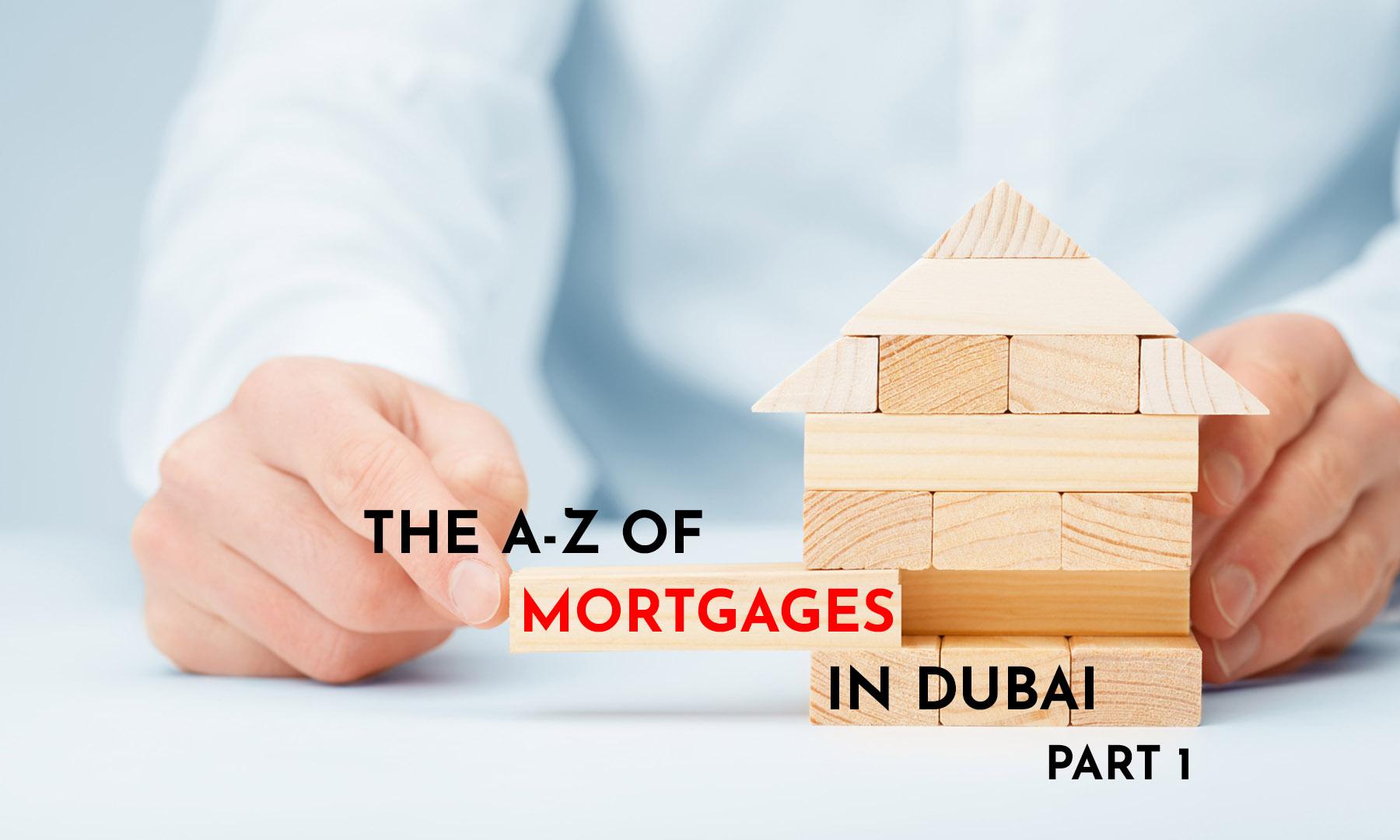THE A-Z OF MORTGAGES IN DUBAI – Part 1

Navigating mortgages can seem like decoding a complex language. Banks and financial institutions often use financial jargon, leaving you feeling lost. Whether you’re considering a mortgage or just want clarity, you’re in the right place.
Why should you master these terms? It’s more than just being informed; it’s about empowering yourself to make significant financial decisions. In this article, we’ll demystify key mortgage terms, equipping you to confidently navigate the world of homeownership.
1. EIBOR (Emirates Interbank Offered Rate)
The Emirates interbank offer rate is the standard interest rate at which banks in the UAE lend to each other. Think of it as a reference point for setting interest rates on various loans, including mortgages. When you hear about a mortgage having a “variable rate” based on EIBOR, it means the interest you pay might change over time, depending on how EIBOR fluctuates.
2. Bank’s Margin
The bank’s margin is a percentage a bank adds to the EIBOR when determining your mortgage interest rate. Unlike EIBOR, which can vary, the bank’s margin is typically set and doesn’t change often. For instance, if EIBOR is at 2% and the bank’s margin is 1.5%, you’ll be looking at a combined mortgage rate of 3.5%.
3. Follow-on-rate
After your initial fixed-rate period ends, your mortgage may switch to a variable rate. This variable rate is defined at the time you avail of the mortgage and then becomes your follow-on-rate after your fixed period ends. You will see this in your offer letter from the bank, which will reflect the sum of the bank’s margin rate and EIBOR.
4. Floor Rate
The floor rate is the minimum rate that a bank will charge you after its fixed period ends. This will be clearly stated in your mortgage offer letter. The bank, post your fixed period, charges you a margin rate and EIBOR, and if the sum of these two is higher than the floor rate, the bank will charge you this variable rate.
If not, it’ll charge you that minimum floor rate.
Remember, the bank will always charge you the higher of two rates: either the combined total of its margin rate and EIBOR or the floor rate.
5. Financing to Value (FTV)
Commonly referred to as loan-to-value (LTV), FTV indicates the percentage of a property’s price that a lender is willing to finance through your mortgage. For instance, if you’re buying an AED 1 million home with an 80% FTV, the lender provides AED 800,000, and you contribute AED 200,000.
Parting Thoughts- A solid grasp of mortgage terminology is essential for informed decision-making within the UAE’s dynamic housing market. Armed with these key terms, you are better equipped to navigate the intricacies of mortgage transactions, make prudent financial choices, and embark on a successful journey toward homeownership.
Stay tuned as we delve deeper into the world of mortgages in our upcoming series. Next up, we’ll continue our journey, exploring more key terms in “The A-Z of Mortgages in Dubai: Part 2.” Don’t miss it!